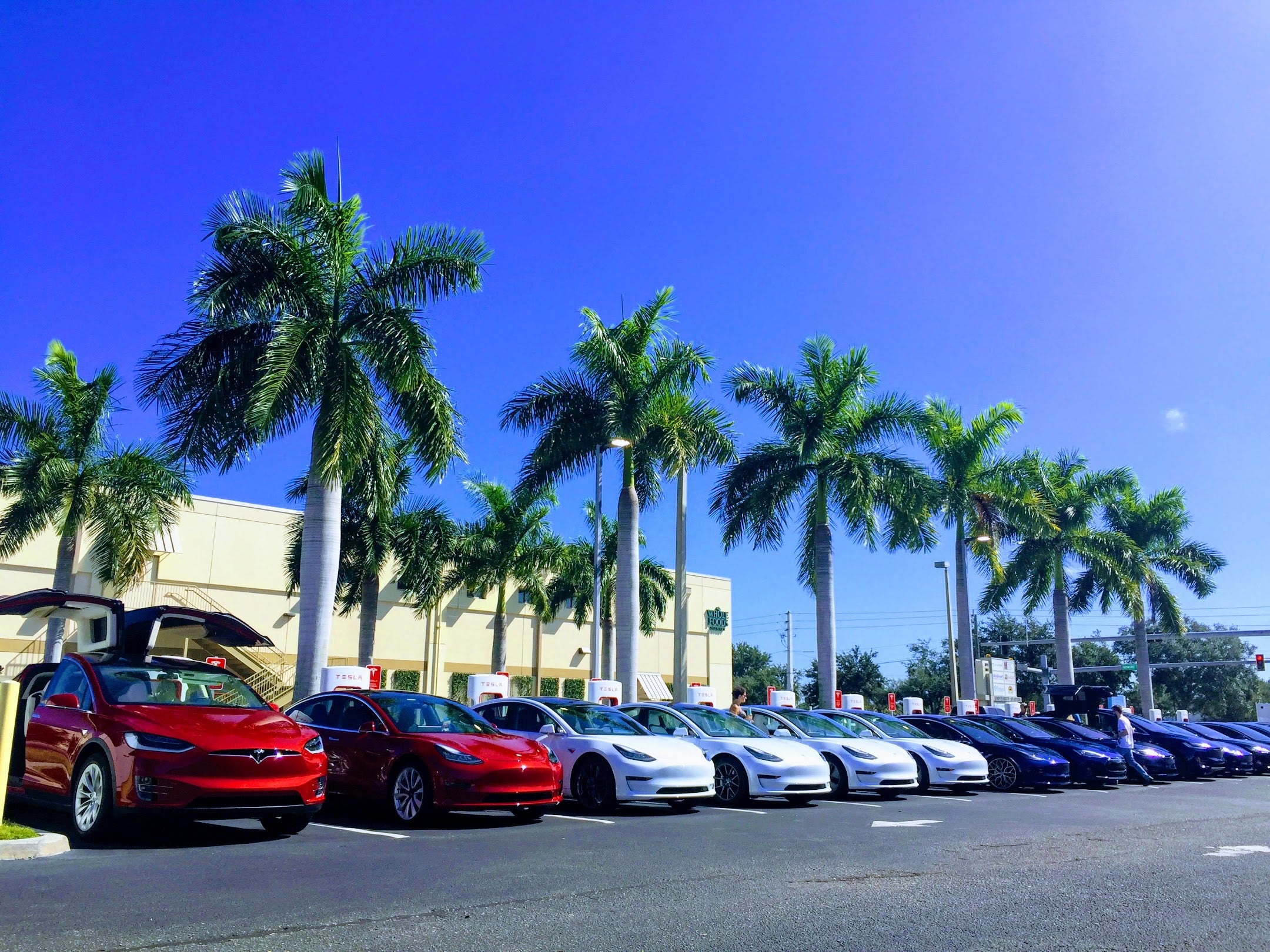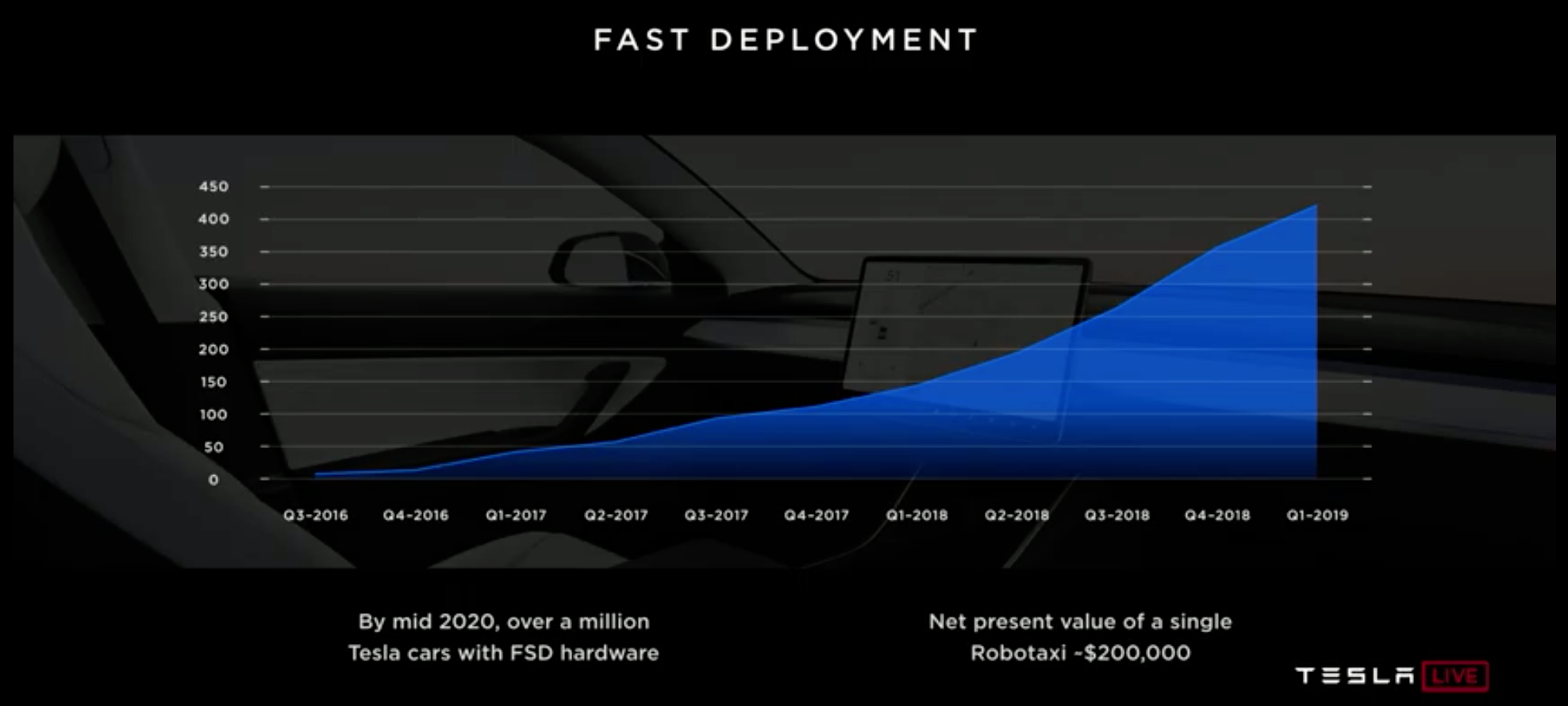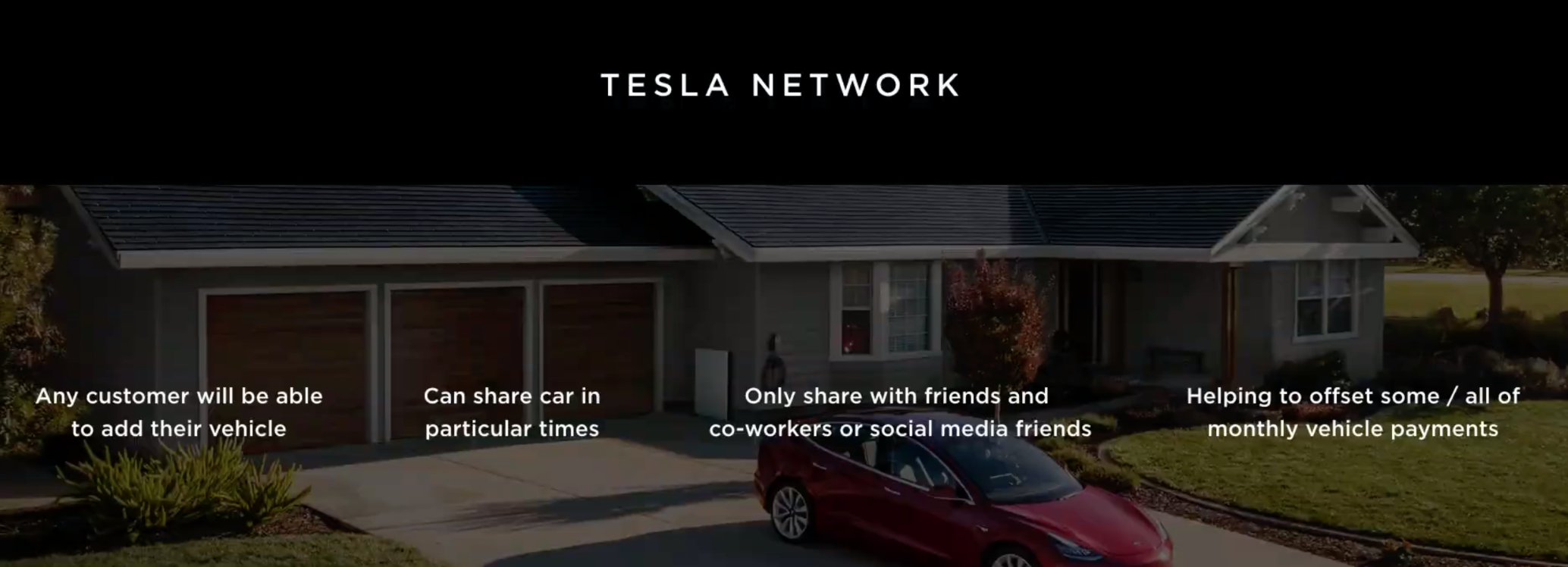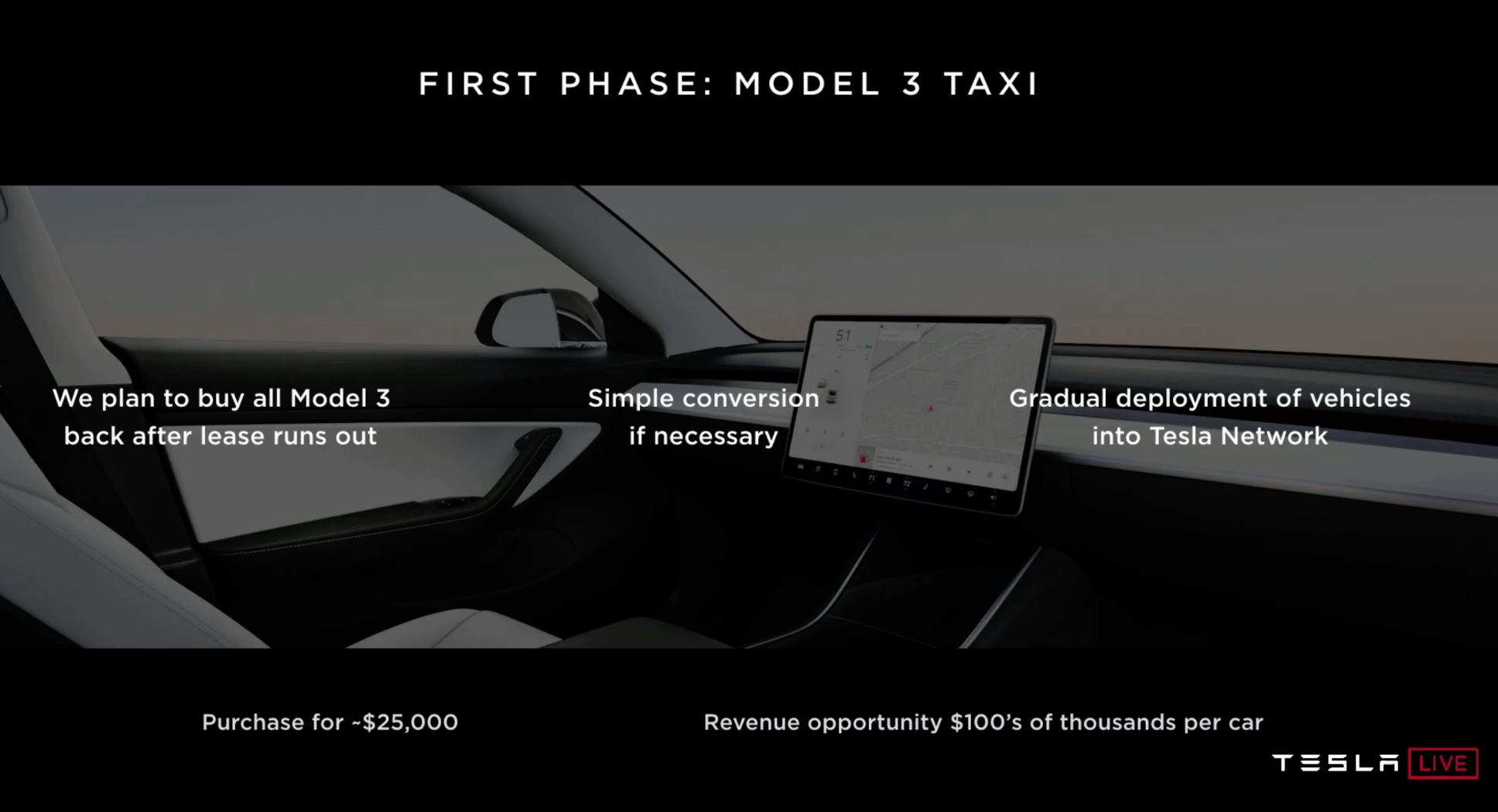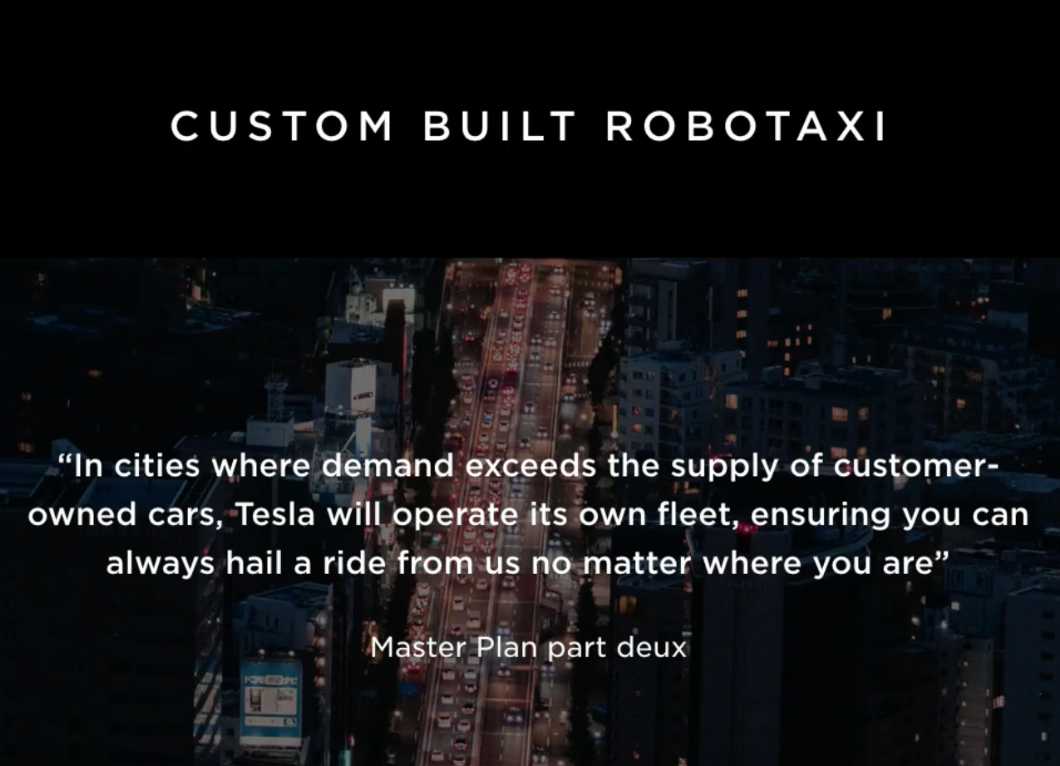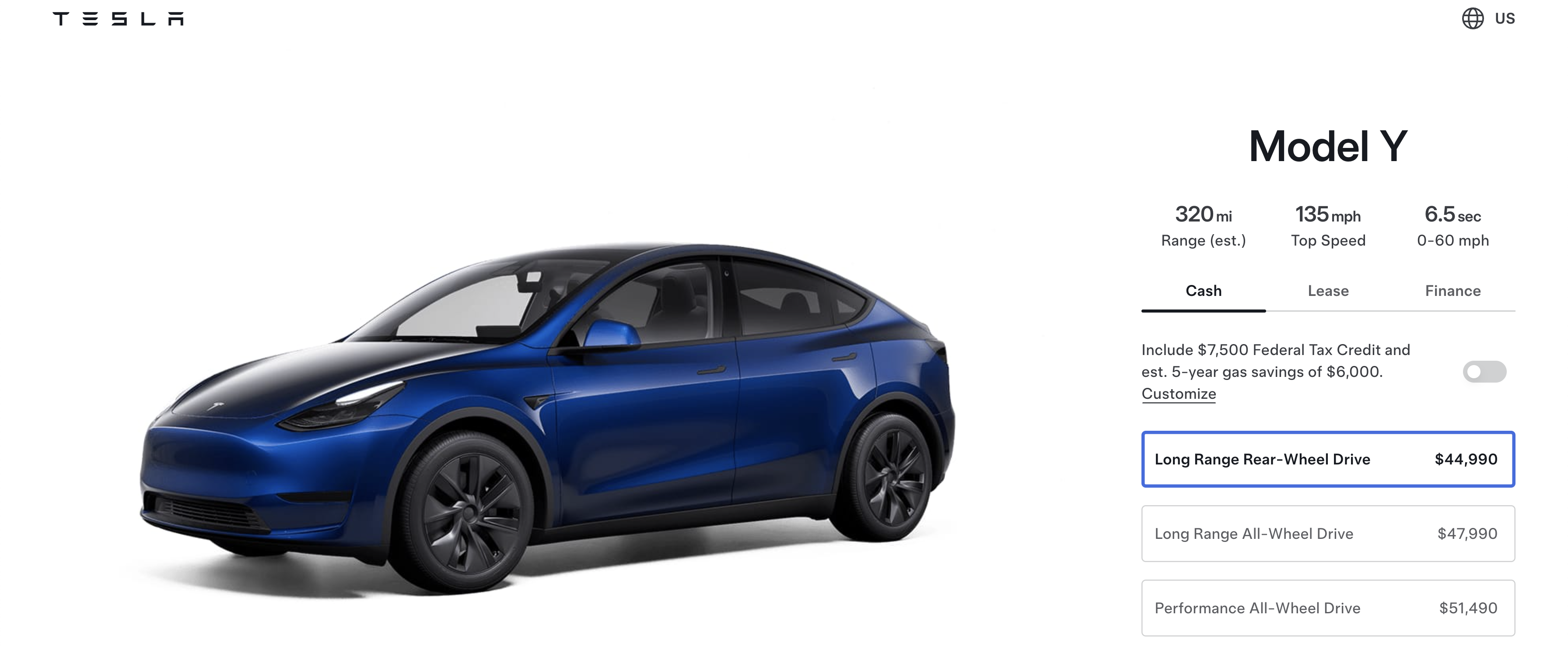Sign up for daily news updates from CleanTechnica on email. Or follow us on Google News!
Tesla’s “Secret Master Plan” was simple, super tough to achieve (almost impossible), and a marker in the history of the automotive industry. Tesla rolled from phase one to the next and eventually created a mass-market electric car that changed the world, the Tesla Model 3. Some are happy to label it an “affordable” electric car, and now starts well below the average new car price in the USA. Others feel like the company hasn’t made it the final step and still needs to produce the smaller, cheaper Tesla car (Model 2? Model C?) in order to complete the journey. However, I don’t think it’s debatable that Tesla did achieve its big initial target from that first master plan. The Tesla Model 3 was the goal, and once Tesla started making and selling it in high volume, the company became cash flow positive and profitable, and that was even followed by the even higher selling Tesla Model Y, which became the top selling automobile model in the world. I want the Model C to come to town too, but that wasn’t part of Tesla’s initial master plan.
But then came Tesla’s “Master Plan, Part Deux.” In contrast, even at the time it came out, it was clearly more scattered (less focused), more “out there,” and well beyond the “modest” goals of the first master plan. What drove Elon Musk to create Master Plan, Part Deux — I don’t know. Perhaps it was that the first plan had nearly been completed and he felt a need for a new one. Perhaps it was an obsession with some new targets and goals that he needed in order to keep him interested in the company. Perhaps it was stress and an effort to corral that. Perhaps, because Tesla wasn’t quite in the financial clearing yet, it was an effort to boost the stock price and faith in the company. This plan was published in July 2016, a little more than two years before Tesla actually got the Model 3 into high-volume production and became profitable.
Whatever the reason for it, though, Master Plan, Part Deux has not been realized, not in the least. I’ve been sitting on this story for a while, as it actually came from a reader comment. The observations from “Username Taycan” struck me, and I thought they deserved a wider audience as the focus of an article. Here’s what he shared from Master Plan, Part Deux:
A lower cost vehicle than the Model 3 is unlikely to be necessary, because of the third part of the plan described below.
[…]
So, in short, Master Plan, Part Deux is:
Create stunning solar roofs with seamlessly integrated battery storage
Expand the electric vehicle product line to address all major segments
Develop a self-driving capability that is 10X safer than manual via massive fleet learning
Enable your car to make money for you when you aren’t using it
Then he added, “0/4 Fail.”
Let’s just start at the top briefly. As you can see, even back in 2016, Elon Musk was feeling some pressure from people who wanted Tesla to produce an even lower cost model after the Model 3. His explanation then is the same argument he returns to from time to time now: there’s no need for a cheaper car because there will be cheap Tesla robotaxis for the plebes. There are a number of issues with that argument, but avoiding that discussion for now, that’s been the argument.
Quickly dealing with the first target, it’s clear that there isn’t a large number of Tesla solar roofs (using solar tiles) out there, and Elon and Tesla seldom talk about this technology now, so it seems it’s sort of been forgotten and pushed under the rug. There is no indication I’ve seen Tesla expects to make this a big mass-market product anymore.
The second target, I guess, is debatable. What are all of the “major segments” in actuality? Musk sort of listed them, but he removed smaller cars from the equation, he didn’t mention vans, and he certainly didn’t indicate they’d create options in sub-segments (like differently sized cars, trucks, and SUVs). But he did write, “In addition to consumer vehicles, there are two other types of electric vehicle needed: heavy-duty trucks and high passenger-density urban transport. Both are in the early stages of development at Tesla and should be ready for unveiling next year. We believe the Tesla Semi will deliver a substantial reduction in the cost of cargo transport, while increasing safety and making it really fun to operate.” It’s long past 2017 (“next year”) and we still haven’t had an unveiling for high passenger-density urban transport. The Tesla Semi is on the road, but definitely not in high volumes, and I don’t think anyone can call the program a success so far.
Then there are those last two elements of the second master plan. Regarding “Develop a self-driving capability that is 10X safer than manual via massive fleet learning,” we are not there. Some may want to make arguments about Tesla FSD statistics so far, but no one with expertise in statistics can be engaged in that. We don’t have the data — Tesla isn’t releasing the raw data to anyone to independently analyze. The reports Tesla has published in order to boast about Autopilot and FSD safety do not employ good statistical analysis or any solid conclusions about the safety of those options. In fact, it appears that Tesla has tried to make claims that are not backed up by appropriately, rigorously controlling for different variables via a regression analysis or some other satisfactory statistical method. And, even aside from all of that, there are no true Tesla self-driving systems on the road. The responsibility consistently lies in the hands of the human driver, who is in charge with very closely monitoring the driving and intervening when necessary. And, yes, a ton of intervening has been necessary. Perhaps, if we had the data and it was analyzed adequately, we could say that Tesla drivers monitoring and engaging with FSD are 10x safer drivers, but no conclusions can be made about how safe the self-driving tech is unless it is let loose to actually self-drive. (I don’t recommend letting it loose.)
So, we are on to the 4th goal in Tesla Master Plan, Part Deux. That is “Enable your car to make money for you when you aren’t using it.” Again, this was written in July 2016. I bought my Tesla Model 3 in August 2019, and this was still a clear goal. In fact, there was a kind of push to hurry up and buy your car and the Full Self Driving software suite because Tesla was close to cracking the code and getting us to robotaxi-level self-driving. Better to buy it while it’s cheap than miss the boat! Well, believe it or not, nearly 5 years later, my Tesla Model 3 isn’t making money for me when I’m not using it. No one’s Tesla is a robotaxi that generates revenue for them when they don’t need it. It’s a nice dream, but in some ways, it feels further from reality today than it did in 2019. Many are convinced that Tesla robotaxis are really, finally, definitely, truly around the corner. Just a bit more machine learning and neural net training and, voila, we will have our money-making Tesla robotaxis on the road! I’m concerned that in another 4½ years, or another 8 years (it’s been 8 years since 2016), I will be writing the same thing about Tesla Master Plan, Part Deux. Well, at least if that is the case, it might be almost completely “self-writing” — if I can just copy & paste it all and change the timeframes and a few details. More seriously, though, I hope Tesla will at least have an “electric vehicle product line to address all major segments” by then.
Have a tip for CleanTechnica? Want to advertise? Want to suggest a guest for our CleanTech Talk podcast? Contact us here.
Latest CleanTechnica.TV Video
CleanTechnica uses affiliate links. See our policy here.

